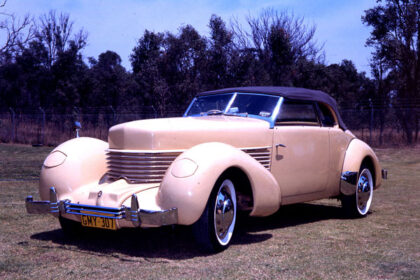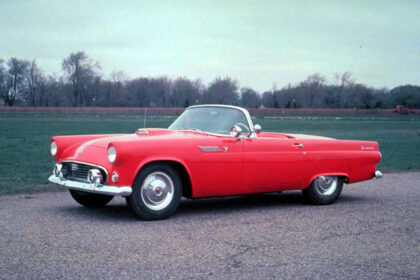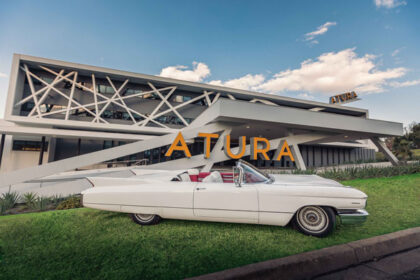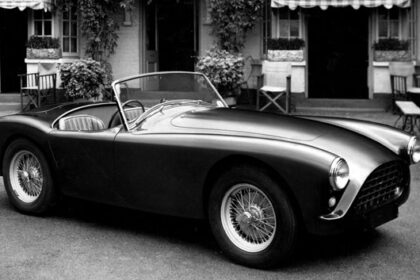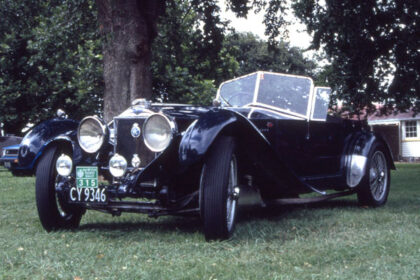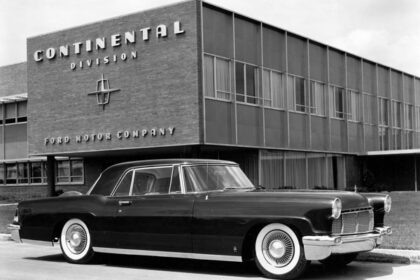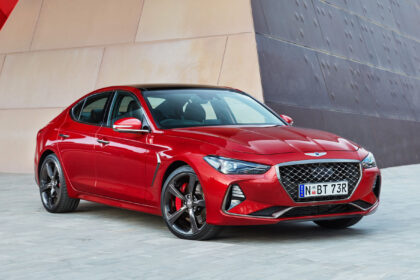PONTIAC TRANS AM
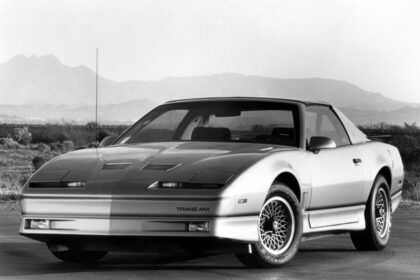
Throughout the 1960s most American car manufacturers engaged in a competition to see who could make the most powerful sports car based on their standard sedans. These were commonly referred to as ‘muscle cars’ and by the end of the 1960s just as this trend appeared to be waning Pontiac released the Trans Am option for their Firebird 400. At its rather quiet release it was not immediately apparent that this car was intended to replace the two-seater Pontiac had been hoping to build instead of the Camaro F-car it… Read more




